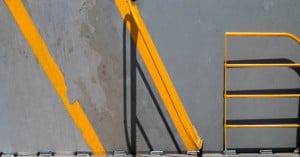
TTArtisan 10mm f/2 APS-C Review: An Affordable Ultra-Wide Lens
I like wide-angle lenses. So, when Pergear asked me to review the TTArtisan APS-C 10 mm lens, I gladly accepted. In this article, I will share my user experiences and feelings about the lens, construction, etc. This is not a technical review as I am not equipped for that.
















